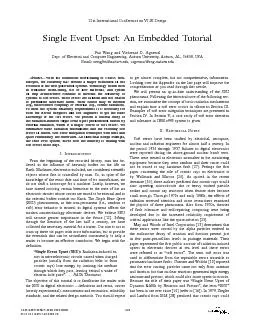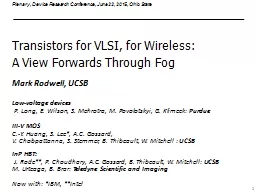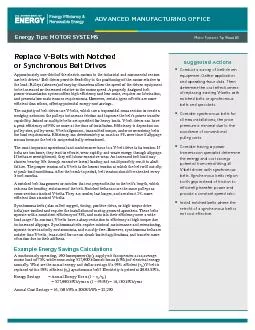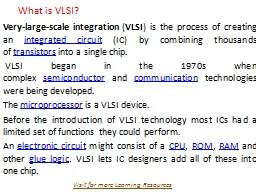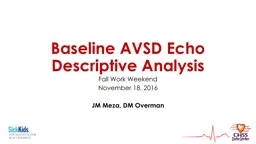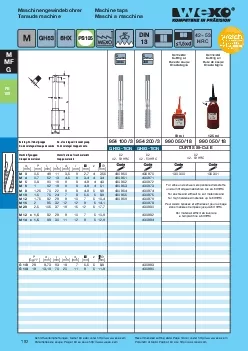PPT-EE 194: Advanced VLSI
Author : faustina-dinatale | Published Date : 2019-11-07
EE 194 Advanced VLSI Spring 2018 Tufts University Instructor Joel Grodstein joelgrodsteintuftsedu Clocking Clocking What well learn Conditional clocking implementation
Presentation Embed Code
Download Presentation
Download Presentation The PPT/PDF document "EE 194: Advanced VLSI" is the property of its rightful owner. Permission is granted to download and print the materials on this website for personal, non-commercial use only, and to display it on your personal computer provided you do not modify the materials and that you retain all copyright notices contained in the materials. By downloading content from our website, you accept the terms of this agreement.
EE 194: Advanced VLSI: Transcript
Download Rules Of Document
"EE 194: Advanced VLSI"The content belongs to its owner. You may download and print it for personal use, without modification, and keep all copyright notices. By downloading, you agree to these terms.
Related Documents


